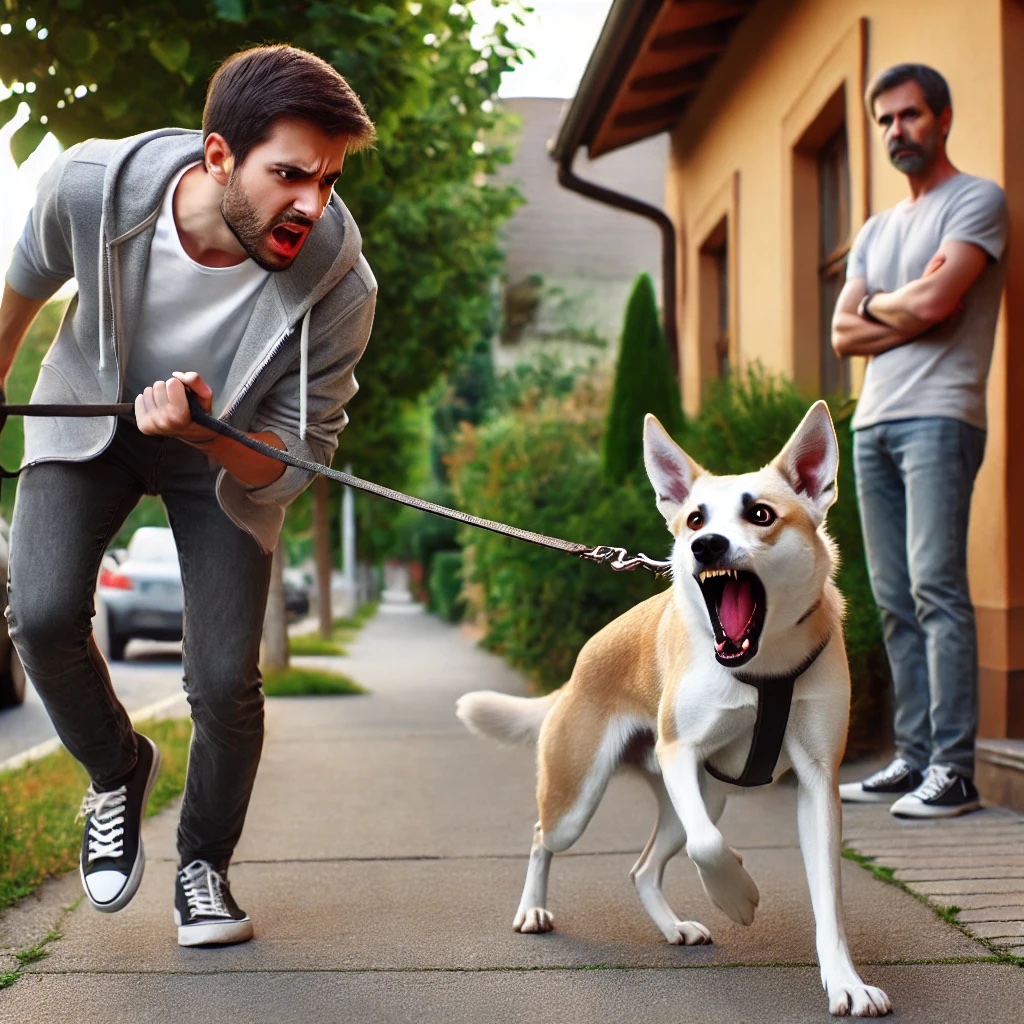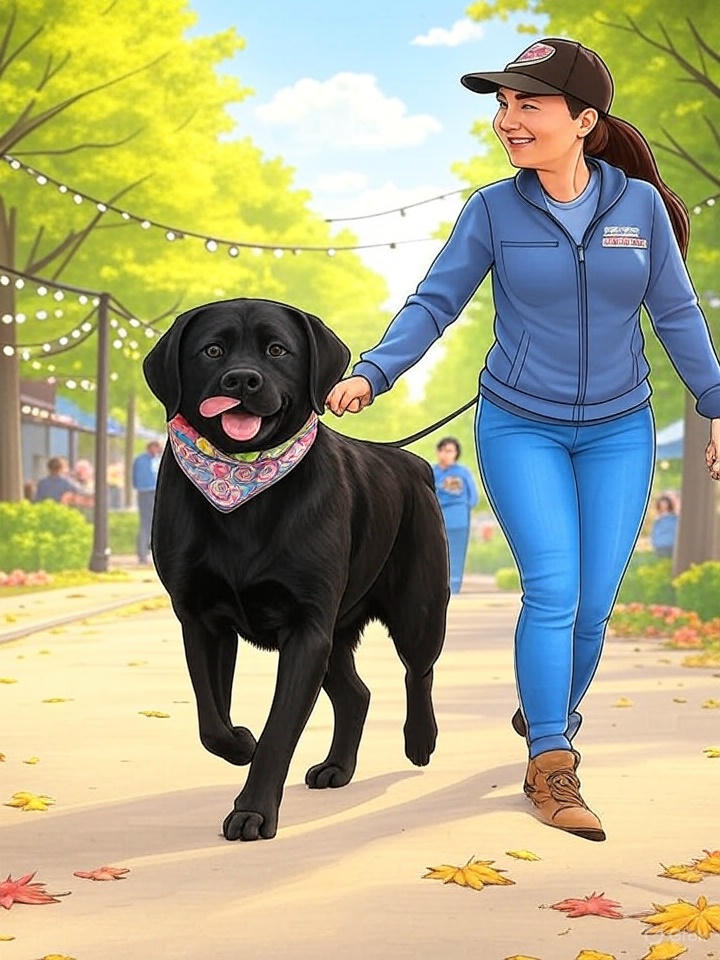Understanding Leash Reactivity: The Impact of Owner Behavior on Dogs
Leash aggression or reactivity is a common issue faced by many dog owners. It manifests when a dog becomes highly reactive or aggressive towards other dogs, animals, or people while on a leash. While there are various factors that contribute to this behavior, one often overlooked aspect is the role of the dog owner in inadvertently causing or exacerbating leash reactivity. In this blog, we will explore how owner behavior, specifically pulling on the leash and displaying nervousness or fear, can affect a dog’s reactions and exacerbate leash reactivity.
The Significance of Leash Reactivity:
Leash reactivity is a genuine concern that many dog owners face. It can stem from a combination of fear, anxiety, territoriality, or past negative experiences. Dogs rely on their owners for guidance and reassurance, and their behavior can be greatly influenced by the signals they receive from their human companions. Understanding how the owner’s actions can contribute to leash reactivity is crucial in addressing and managing this issue effectively.
The Impact of Leash Pulling:
Pulling on the leash when faced with distractions can send unintended signals to your dog. Dogs are highly attuned to their owner’s body language, and when they sense tension on the leash, they may interpret it as a sign of danger or perceive it as permission to react aggressively. This physical cue can trigger their instinctual responses, leading to heightened arousal and an intensified reaction towards the perceived threat.
The Power of Body Chemistry:
Dogs possess an incredible sense of smell, and they can detect changes in their owner’s body chemistry, including pheromones released during moments of nervousness or fear. When an owner becomes apprehensive or embarrassed about how their dog may react, their pet can pick up on these cues, further heightening their own stress levels. The dog’s ability to detect these changes can contribute to an amplified sense of unease and can increase the likelihood of leash reactivity occurring.
Building a Positive Leash Walking Experience:
As responsible dog owners, it’s essential to recognize our influence in shaping our dogs’ behavior. Here are some tips to help mitigate leash reactivity and create a positive walking experience:
1. Stay Calm and Confident: Dogs take cues from their owners, so projecting confidence and calmness can help reassure them during potentially triggering situations.
2. Avoid Leash Corrections: Rather than resorting to leash jerking or corrections, focus on balanced training techniques that reward good behavior and appropriate corrections. This approach builds trust and encourages your dog to associate positive experiences when focused on you as well as showing when you don’t want your pup focused on the distraction.
3. Use Desensitization and Counterconditioning: Gradually expose your dog to their triggers in controlled environments while providing rewards and positive reinforcement when not focused on distraction. Over time, this can help change their emotional response from fear or aggression to a more relaxed state.
4. Seek Professional Guidance: If your dog’s leash reactivity persists or escalates, consider consulting a professional dog trainer, like Off Leash K9 Training, Georgia. They can assess your dog’s specific needs and provide personalized strategies for managing and improving their behavior.
Leash reactivity is a complex issue, but understanding the impact of owner behavior is a crucial step towards addressing and managing this behavior effectively. By recognizing the inadvertent role we play and adopting positive training techniques, we can create a safer and more enjoyable walking experience for both ourselves and our beloved canine companions. Remember, patience, consistency, and a positive approach are key when working towards reducing leash reactivity and building a stronger bond with your dog.






